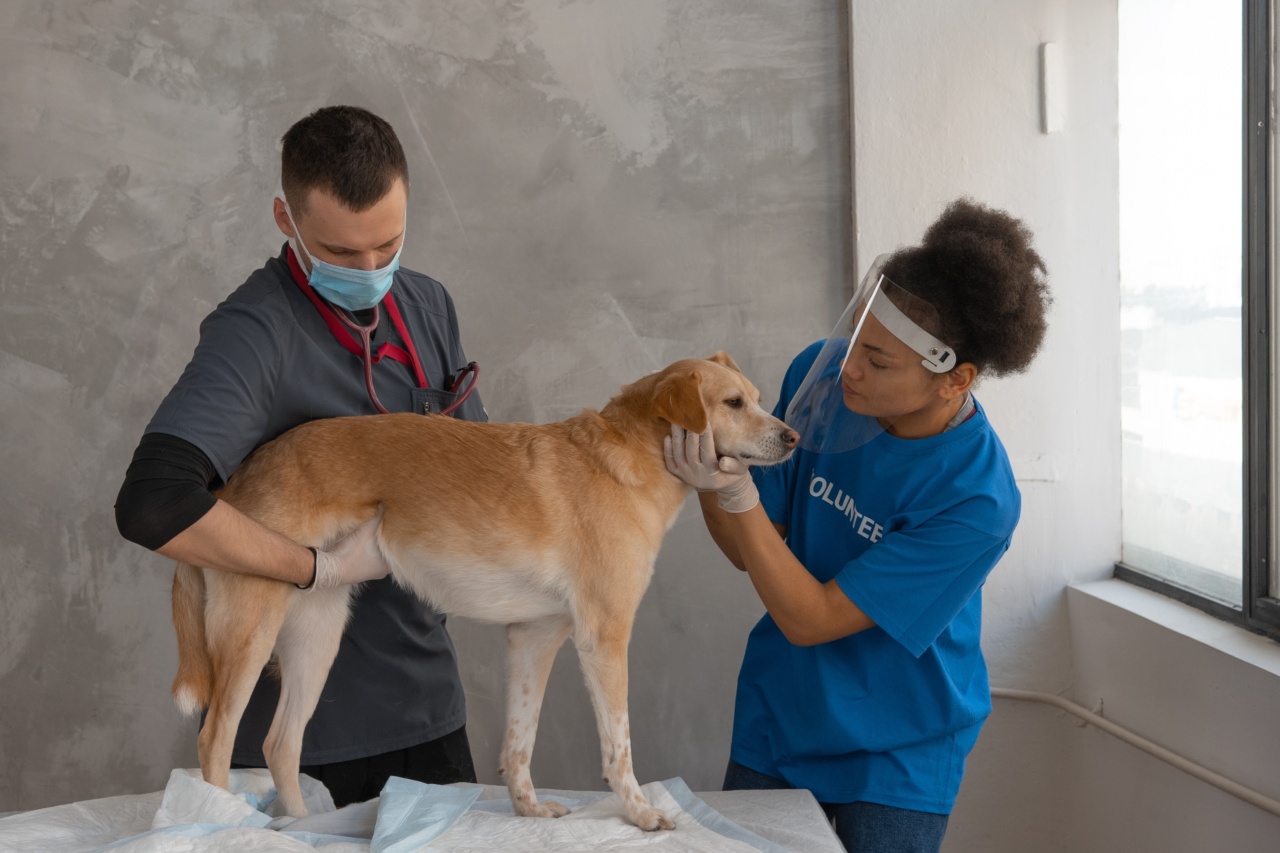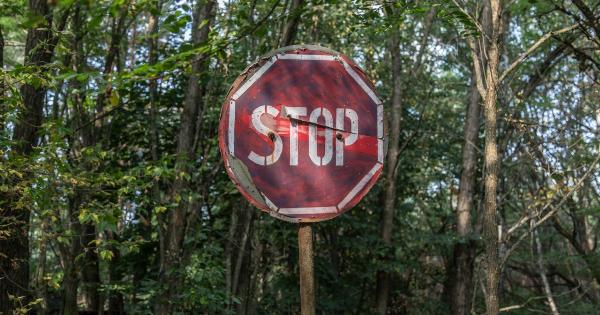As pet owners, we constantly strive to keep our furry friends safe and healthy. From regular vet check-ups to providing a balanced diet, we go above and beyond to ensure their well-being.
However, there is a lesser-known threat that could be lurking in your pet’s environment – campies. These tiny insects may not be on your radar, but they can pose serious health risks to your beloved pets. In this article, we will explore what campies are, how they affect your pet’s health, and measures you can take to protect them.
What are campies?
Campies, short for campylobacter jejuni, are bacteria that commonly reside in the intestines of animals.
They are usually harmless to the host animal, but when they are shed in the animal’s feces, they pose a risk to other animals, including your pets. Campies are often found in contaminated water sources, such as streams, rivers, and even stagnant puddles after rains. They can survive for extended periods in water and moist environments, making it easy for your pets to come into contact with them.
How do campies affect your pets’ health?
Campies can cause a range of health issues in your pets, from mild gastrointestinal distress to severe illnesses.
When your pet ingests campies, either through contaminated water or by coming into contact with contaminated surfaces, the bacteria make their way into the digestive system. Once inside, campies can lead to an infection called campylobacteriosis.
Symptoms of campylobacteriosis vary depending on the severity of the infection and the overall health of your pet. Common signs include diarrhea, vomiting, loss of appetite, lethargy, and fever.
In severe cases, pets may also experience abdominal pain, bloody stools, and dehydration. Puppies, kittens, and older animals with weakened immune systems are particularly susceptible to the harmful effects of campies.
Preventing campylobacteriosis in pets
While campylobacteriosis can be a concerning illness, there are steps you can take to reduce the risk of your pets contracting it.
1. Provide clean and treated water
One of the primary sources of campies is contaminated water. Ensure that your pets have access to clean and treated water, especially when outdoors.
Avoid allowing your pets to drink from unknown water sources, such as natural bodies of water, that may harbor campies or other harmful bacteria.
2. Practice good hygiene
Regularly clean and disinfect your pet’s food and water bowls to prevent the buildup of bacteria, including campies. Wash your hands thoroughly after handling your pet’s waste, as campies can be present in their feces.
Dispose of waste properly and promptly to minimize the risk of contamination.
3. Avoid contact with wildlife feces
Wild animals, such as birds, may carry campies in their feces. Keep your pets away from areas where wild animals frequent. If you come across wildlife feces during walks or hikes, steer clear and prevent your pets from investigating or consuming it.
4. Regular veterinary check-ups
Maintaining regular veterinary check-ups for your pets is crucial to catch any potential health issues early on. Your vet can perform tests and screenings to diagnose and treat campylobacteriosis if necessary.
They can also provide advice on preventive measures tailored to your pet’s specific needs.
5. Prevent cross-contamination
To reduce the risk of campylobacteriosis, always store and handle your pet’s food separately from human food. Avoid using the same utensils or cutting boards for both.
If you need to clean your pet’s dishes or toys, do so separately from your own household items to prevent cross-contamination.
6. Keep the environment clean
A clean environment helps minimize the spread of bacteria, including campies. Regularly disinfect your pet’s living areas, such as their bedding, cages, or litter boxes.
If your pet frequently spends time outdoors, ensure the area is well-maintained and free of any fecal contamination that may contain campies.
7. Be cautious with raw diets
Raw diets for pets have gained popularity in recent years, but they can pose an increased risk of bacterial infections, including campylobacteriosis. Raw meat and other raw ingredients may contain campies or other harmful bacteria.
Consult with your vet to weigh the potential benefits and risks of a raw diet for your pet.
8. Avoid overcrowded living conditions
Pets living in overcrowded or unsanitary conditions are more prone to bacterial infections, including campylobacteriosis. Make sure your pets have adequate space, proper ventilation, and access to clean living areas.
If you have multiple pets, monitor their interactions to prevent the spread of bacteria.
9. Consider vaccines
While there is no specific vaccine for campylobacteriosis in pets, some general vaccines, such as those for canine parvovirus and feline distemper, can help strengthen your pet’s overall immune system.
A stronger immune system can better combat infections, reducing the risk of complications from campies or other bacteria.
10. Stay informed and consult your vet
Keeping yourself informed about potential risks and health concerns for your pets is essential. Stay updated with the latest information on campies and other pathogens that may affect your pets’ health.
If you suspect your pet may have been exposed to campies or is showing symptoms of campylobacteriosis, contact your veterinarian immediately for professional advice.
Conclusion
While campies may not be a commonly recognized threat to your pets’ health, it is crucial to remain vigilant and take preventive measures.
By providing clean water, practicing good hygiene habits, and maintaining a clean environment, you can significantly reduce the risk of your pets contracting campylobacteriosis. Regular veterinary check-ups and staying informed about potential risks will help you better protect your furry companions from this lesser-known threat.





























